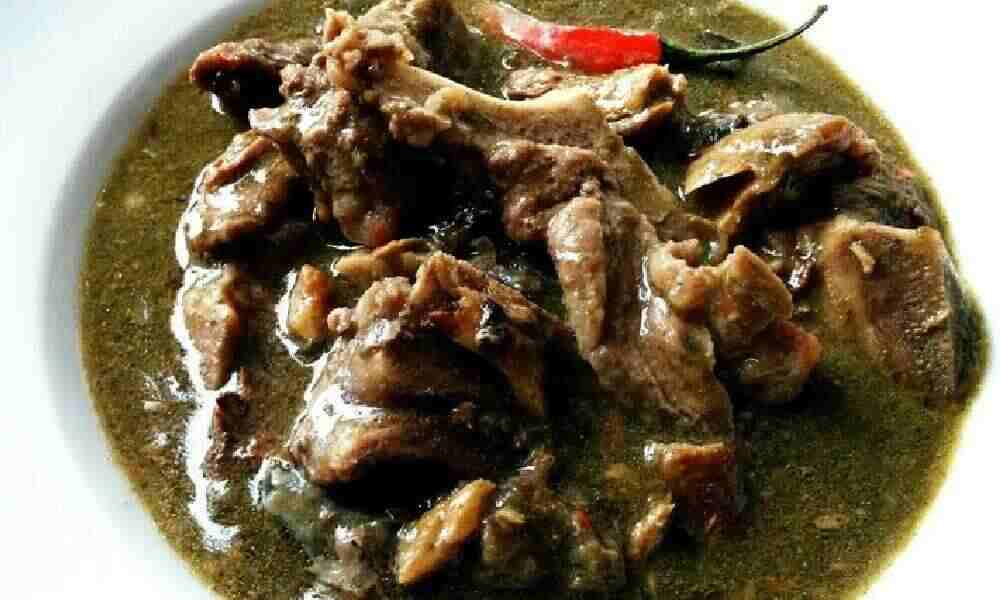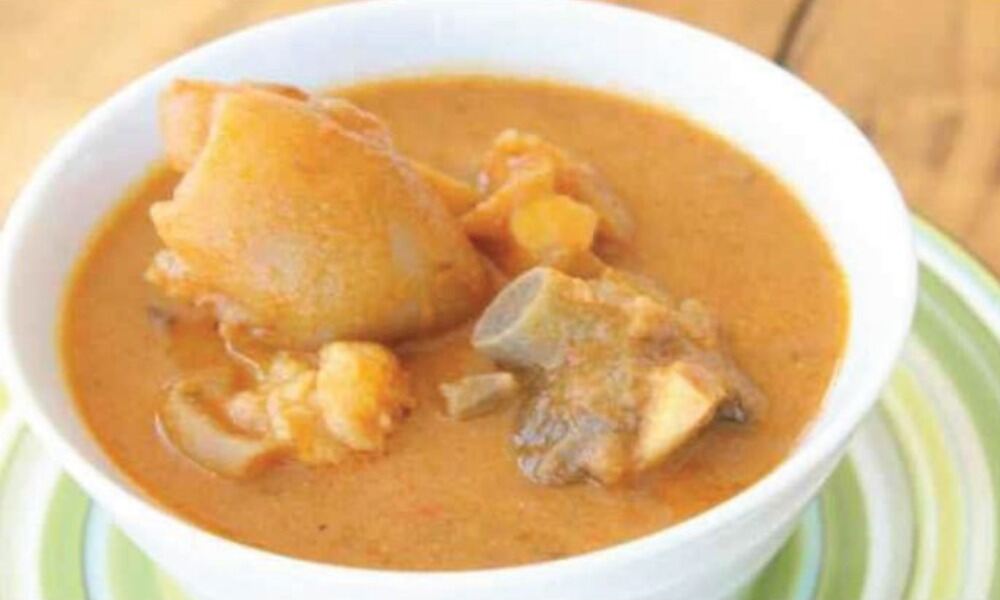
How to Prepare Miyan Karkashi (Sesame Leaves Soup)
Miyan Karkashi also known in English as Sesame Leaves Soup is a local cuisine consumed in northern Nigeria by the indigenes of the area, mostly by the Hausas. It is made with dried or fresh karkashi leaves – the procedure for preparing the two varieties is the same. For those of you who like draw soups, here is one for you.
Follow me as I will be your guide on how to prepare this delicious soup that will keep you wanting to have more after your first feel of it.
Before we go fully into how it’s being prepared, I would like to draw your attention to something. You wouldn’t need any vegetable or palm oil to make it. This is because it will reduce its sliminess, which is normally needed. However, you can choose to if you want it anyway.
Equipment for Making Miyan Karkashi
Cooking pot
Whisk
Blender
Cooking spoon
Ingredients Used for Making Miyan Karkashi
A bunch of fresh karkashi leaves (sesame leaves) or powdered karkashi leaves
A small piece of potash (kanwa).
Spices and seasoning cubes (proportional to taste).
2 spoons of locust beans (daddawa).
Fresh pepper and onions (grinded).
Fish and/or meat (size and quantity to taste).
Water (as required).
Procedure for Preparation of Miyan Karkashi
STEP 1: Cut your Karkashi leaves into small pieces (pounded or blended) and keep them aside.
STEP 2: Over medium heat, put a pot containing the required amount of water add the locust beans into it (daddawa). Allow to boil.
STEP 3: Add the fish or meat to the cooking pot and allow to cook for 25 minutes.
STEP 4: After then, add the blended Karkashi with a little amount of potash. Stir for a few minutes.
STEP 5: Lower the heat and add your seasoning and spices.
STEP 6: Continue stirring it with a whisk for 3 minutes until you get the mixture very smooth. Then;
STEP 7: Taste the soup using the cooking spoon to see if there is a need to add seasoning and/or spices.
STEP 8: Turn off the cooker and your Miyan Karkashi is ready to be served.
Swallow that Goes Best with It
Miyan Karkashi is best dished with Tuwon Masara. Personally, I prefer to take it with Tuwon Dawa. Yummy… I’m salivating already. Other swallows such as Tuwon Alkama, Tuwon Shinkafa, and others can go with it just fine – your choice.
How to Serve Miyan Karkashi
It will interest you to know that some people serve it with a red stew and take it with whatever swallow they prefer. As usual, it should be served with drinking water (bottled or sachet), and ensure you have a bib on you because there is a proclivity of you messing yourself up. Eat with caution, especially bearded guys.
Occasions to Serve Miyan Karkashi
There is no special occasion for this meal, as it can be consumed any day anytime. Again, in most Hausa communities, Miyan Karkashi and Tuwon Masara can serve as a good combination for breakfast mostly as dumame – informally translated as double-fire. Just so you know, dumame is the surplus or stored food that is eaten as breakfast in Hausa homes when warmed or microwaved.
How to Store Miyan Karkashi
You can store this cuisine in a refrigerator that is constantly powered for as long as you want. However, you stand the chance of losing its actual feel because the taste reduces. If you do not have a refrigerator, it lasts for 2 days at most and only when you keep warming mornings and evenings. Therefore, I advise you to make the quantity just enough for consumption to avoid unnecessary wastage.
Health Benefits of Miyan Karkashi
The leaf itself has a lot of health benefits for humans, some of which are:
- The production of red blood cells in the body is boosted.
- It increases the libido and helps boost ovulation in women
- It increases human eyesight.
- Because it has a low glycemic index, it is highly recommended for diabetic patients.
When consumed in soup form, it adds to its nutritional value. This is because of the ingredients such as meat, pepper, tomatoes, etc. that are contained in it.
Conclusion
Don’t forget, if you want to get the taste and feel of the real Miyan Karkashi, please, do not use any oil when preparing it. As you have seen, it is very easy to prepare. Hope this was helpful. Tell me in the comments section when you will be making yours.
If you find this article helpful, please leave a comment in the comments section below. Thanks.
You are always welcome to Northpad Nigeria for more local Northern Nigerian cuisines.

